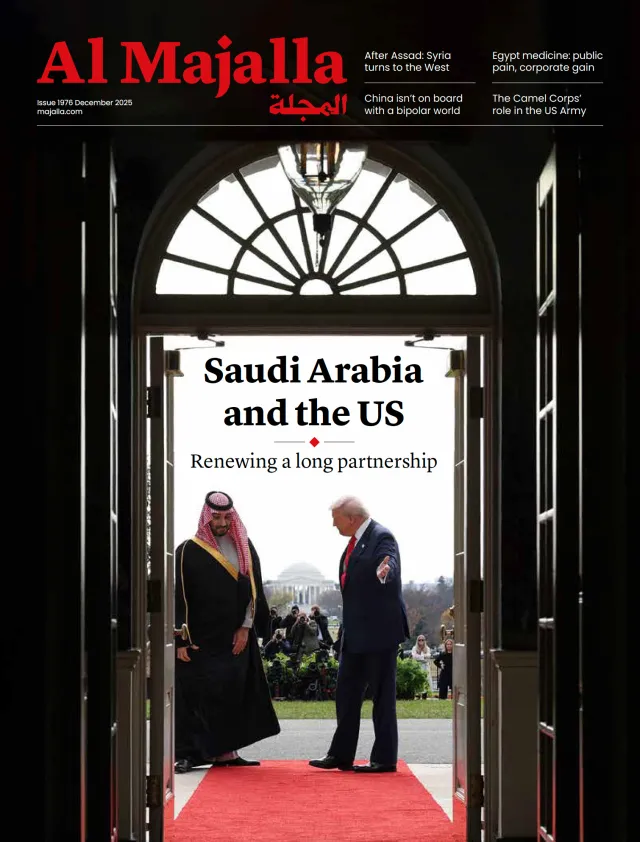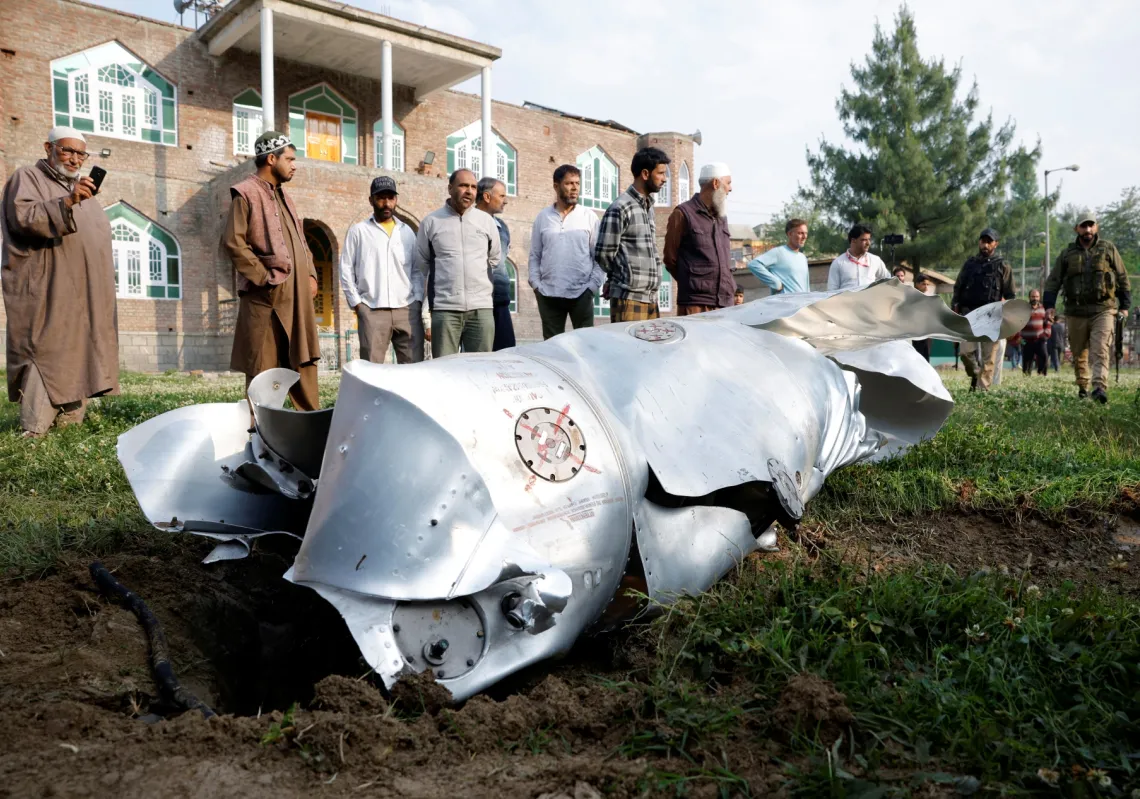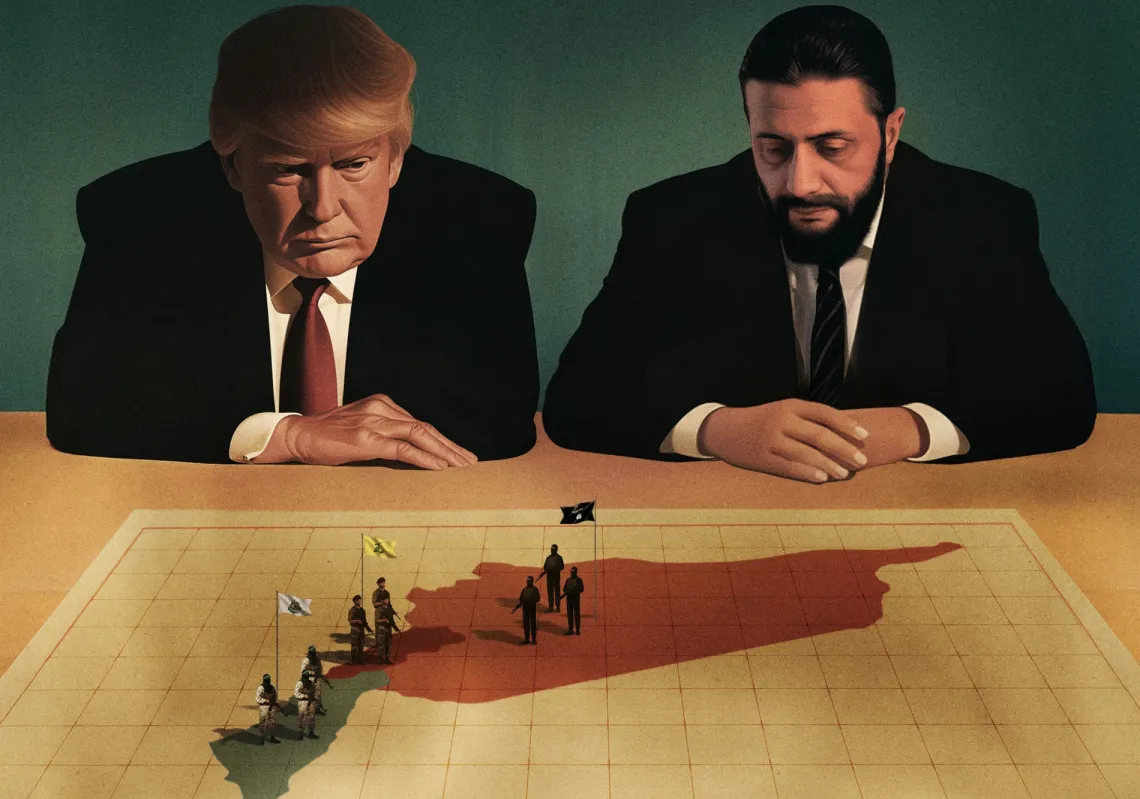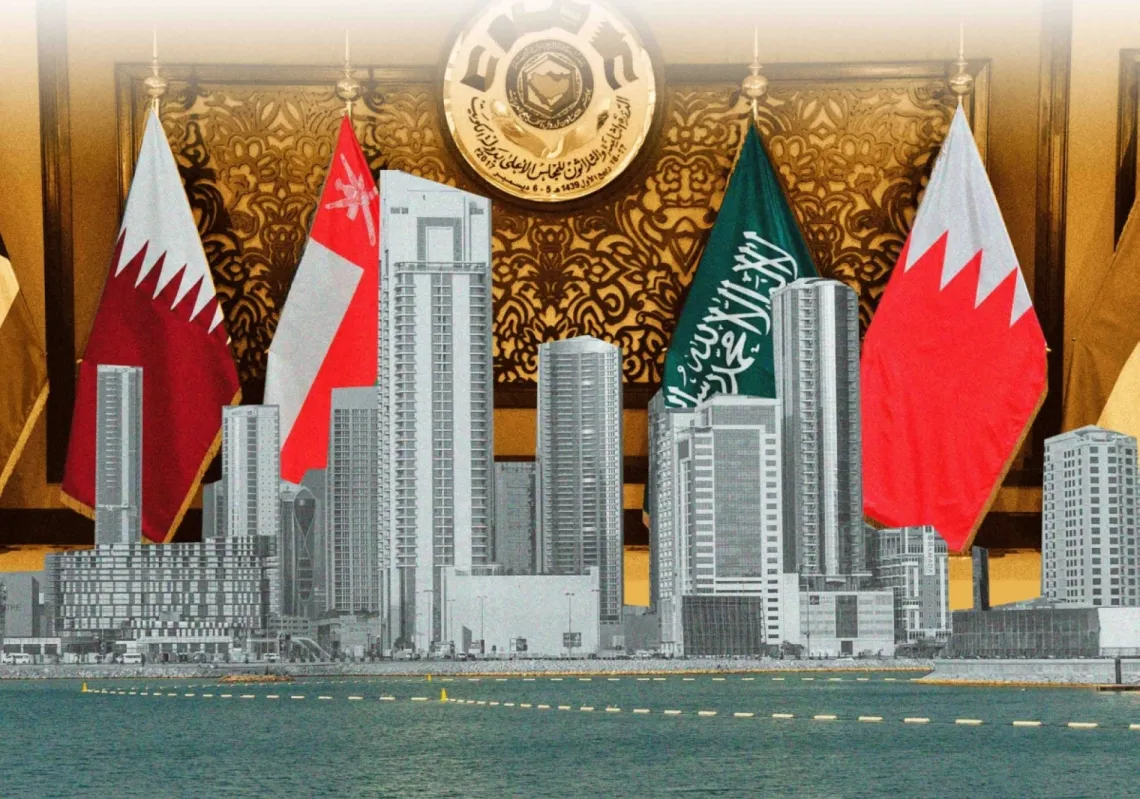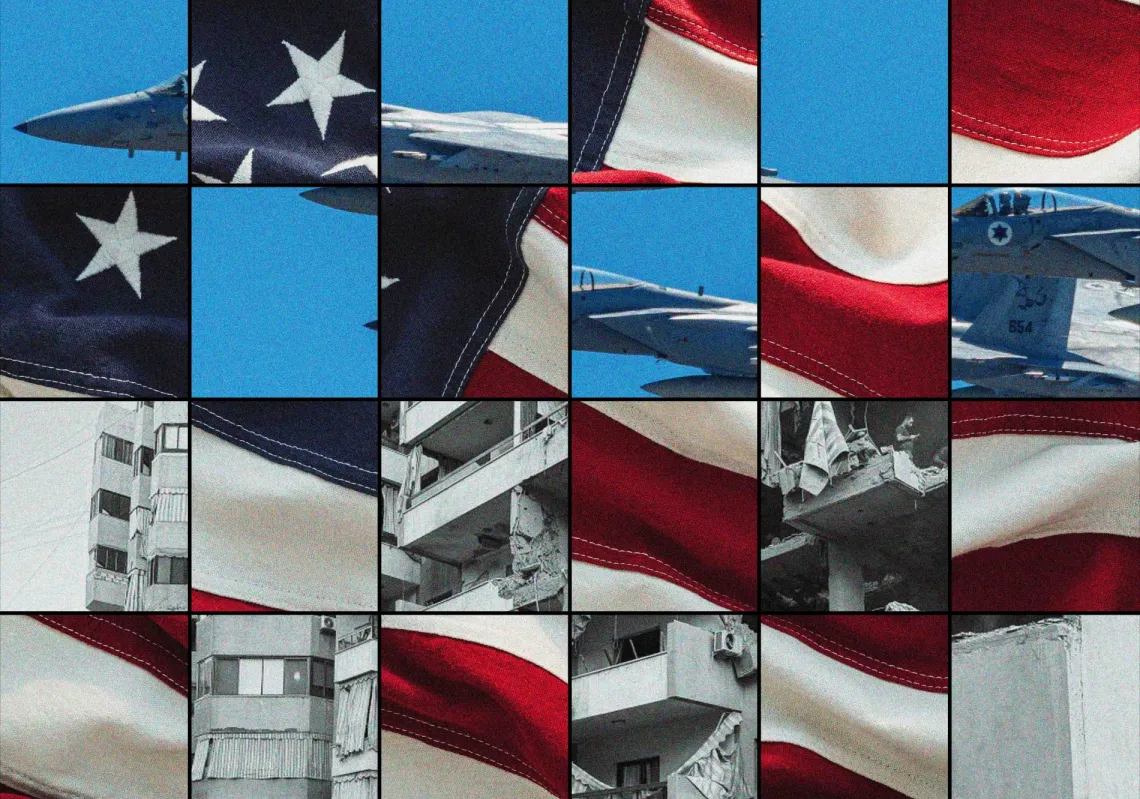India and Pakistan are once again at each other’s throats. Following a terrorist attack in Indian-administered Kashmir on 22 April, New Delhi launched coordinated attacks this week that struck deeper into Pakistani territory than at any point in the last five decades. Islamabad is now threatening to retaliate.
An optimistic reading of the situation could be that this has all happened before: The two rivals fought full-scale wars in 1947-48, 1965, and 1971 and have engaged in several major skirmishes since the 1990s, when they declared themselves as nuclear powers. In each case, and especially since enjoying the shield of a nuclear deterrent, the two nations found ways to eventually pull back and accept a stalemate over the disputed territory of Kashmir.
There is a more worrying prospect this time around. The world in 2025 looks very different from what it was before: The United States appears disinterested in new foreign wars, major powers are tied up in conflicts on other continents, and multilateral organisations such as the United Nations have seen their credibility erode.
As a result, international mediation, which was instrumental in years past, now seems less meaningful. India and Pakistan have also followed sharply different trajectories since their last serious conflict in 1999. At the turn of the millennium, India’s GDP was about five times that of Pakistan.
Today, it is nearly 11 times larger. Greater economic clout has not led to a commensurate military advantage for India, but it has fanned a heady confidence among its citizens, along with a clamour for action. Israel’s overwhelming response to the October 7 2023, attack led by Hamas has also strengthened New Delhi’s assessment that other powers can’t—or won’t—stop it from exercising its "right to defend itself". In Pakistan, meanwhile, the usually quiet army chief, Asim Munir, has become increasingly public-facing, suggesting a military climbdown may be more difficult to accomplish.
There is more than enough cause for concern, but an unlikely ray of light might come from the misinformation that swirls around conflicts between these two countries. Sometimes, the governments themselves are responsible for disinformation, with inflated claims or false denials that are then further promoted by jingoistic media on each side. In this polarised and siloed information ecosystem, claiming victory—whether real or imagined—could be a useful way for both sides to de-escalate.

Last month’s attack in Indian-administered Kashmir was not only the deadliest civilian attack in more than a decade, but it was also particularly provocative: Militants reportedly forced tourists to reveal their religion by showing whether they were circumcised or by reciting an Islamic verse. Men who were outed as non-Muslim were gunned down. Twenty-six civilians were killed.
There have been some smaller attacks in the last year on India’s side of the disputed territory; this time, though, New Delhi promised a robust response. But against whom? This is where things get murky. A claim of responsibility from the Resistance Front, a little-known offshoot of the Pakistan-based terrorist organisation Lashkar-e-Taiba, was quickly retracted with a statement that their communication systems had been hacked. Indian officials were meanwhile racing to find evidence linking the militants to their archrival by pointing to a long history of Pakistani sponsorship of cross-border terrorism—including the infamous 2008 Mumbai attacks, in which 166 people were killed.
The past, however, is not proof of the present. No clear evidence linking the 22 April attack to Pakistan has emerged in public. Instead, past and current Indian officials insist that Munir—a former spymaster with deep knowledge of militant activity in his country—must have known that an attack on Indian territory was imminent. Just days before, Munir delivered an incendiary speech in which he reiterated how Kashmir was vital to Pakistan’s identity. Munir has also been battling resentment among the army rank and file over unrest and violence in the western provinces of Balochistan and Khyber Pakhtunkhwa, in which Islamabad suspects an Indian hand—although there, too, no smoking gun exists.
Regardless, India attacked. Overnight on 7 May, New Delhi announced that it had executed Operation Sindoor, targeting nine sites of “terrorist infrastructure” in Pakistan, including some as far as the province of Punjab. Pakistani Prime Minister Shehbaz Sharif called the strikes an “act of war” and added that Islamabad “has every right” to respond.
It may be difficult to imagine today, but there was a time when the rest of the world—and the United States in particular—played an important role in calming tensions in South Asia. As the historian Srinath Raghavan recounts in his book The Most Dangerous Place, Washington “swung into action” in the summer of 1999 when India and Pakistan, both newly nuclear-armed, were locked in conventional warfare in Kargil, a high-altitude border area in Ladakh.

